 ImageToVideo AI
VS
ImageToVideo AI
VS
 VideoStudio AI
VideoStudio AI
ImageToVideo AI
ImageToVideo AI is an online platform designed to convert static images into engaging videos. This tool leverages advanced artificial intelligence to bring images to life, aligning with user-provided prompts to create dynamic video content.
The service supports popular image formats, including JPG, PNG, and WEBP, converting them into MP4 videos. ImageToVideo AI focuses on a simple, user-friendly interface and ensures all user data is protected.
VideoStudio AI
VideoStudio AI represents the next generation of AI-powered video creation tools. It leverages state-of-the-art deep learning models to transform text prompts and image inputs into high-resolution videos. The platform is designed to produce videos with remarkable detail and smooth motion, ensuring exceptional quality for various applications.
A key strength of VideoStudio AI is its superior ability to interpret complex prompts and accurately render them in video format, including the clear rendering of text within videos—a common challenge for AI video tools. Users can access its versatile AI models through different methods, including API integration and platforms like Replicate and fal.ai, catering to both professional and non-commercial needs.
Pricing
ImageToVideo AI Pricing
ImageToVideo AI offers Free pricing .
VideoStudio AI Pricing
VideoStudio AI offers Freemium pricing .
Features
ImageToVideo AI
- Simple User Interface: Input text and upload images to easily generate videos.
- Multiple Image Format Support: Upload images in PNG, JPG, and WEBP formats.
- Flexible Effects: Customize video effects based on creative input.
- Privacy Protection: Ensures the security of all user information and uploaded data.
- Watermark-Free Export: Generates videos without any watermarks.
VideoStudio AI
- Advanced AI Architecture: Utilizes state-of-the-art deep learning models optimized for video generation.
- Exceptional Video Quality: Generates high-resolution videos with remarkable detail and smooth motion.
- Precise Prompt Adherence: Superior text-to-video and image-to-video synthesis interpreting complex prompts faithfully.
- Versatile Model Options: Offers multiple AI models tailored for different use cases.
- Flexible Access Methods: Accessible via API, Replicate, fal.ai, and open-weight versions for non-commercial use.
- Innovative Text Rendering: Advanced capabilities in rendering clear, readable text within generated videos.
Use Cases
ImageToVideo AI Use Cases
- Creating marketing videos for startup businesses.
- Transforming travel photos into engaging videos.
- Producing memory videos for family gatherings.
- Generating dynamic content for social media platforms.
VideoStudio AI Use Cases
- Creating marketing videos from text descriptions.
- Generating visual content from image prompts.
- Prototyping video concepts quickly.
- Producing social media video content.
- Developing professional video applications via API.
- Experimenting with AI video generation for non-commercial projects.
FAQs
ImageToVideo AI FAQs
-
What is the process behind the AI image to video generator?
This Image to Video AI Generatortransforms your uploaded images into a video that corresponds to the text prompt you supply. It automatically incorporates background music, voiceovers, and subtitles to enhance the final product. -
How can one easily generate a video from images with the help of AI?
If you’re looking for a simple method to turn images into a video using AI, ImageToVideo AI is the best option. All you need to do is enter a text prompt, swap out the stock images with your own, and the AI will produce a video from your images in just a few minutes. -
Is the file from image to video watermark-free?
Yes, unlike other tools, Image to Video AI Generator ensures that the exported video files are free of any watermarks. -
What image formats are supported for conversion to video?
ImageToVideo AI supports the upload of images in jpg, png, and webp formats and successfully converts them to MP4 format videos. -
On which devices can I use ImageToVideo AI?
ImageToVideo AI can be used online for image-to-video services on both mobile devices and computers.
VideoStudio AI FAQs
-
How do credits work on VideoStudio AI?
Credits are used to generate videos, with different models or generation types potentially consuming different amounts. Plans come with a specific allocation of credits. -
What additional features are included with purchased credits?
Purchasing credits provides access to advanced models, private generation capabilities, prompt optimization tools, a commercial use license, and priority support. -
Can I use videos generated with VideoStudio AI for commercial purposes?
Yes, the paid credit packs (Hobby, Starter, Pro plans) include a commercial license allowing for commercial use of the generated videos. -
Do credits expire?
Yes, credits from the free plan expire monthly and do not roll over. Credits purchased via one-time packs have varying expiration periods (typically 1-3 months), and purchasing a new pack extends the expiration date for all existing pack credits.
Uptime Monitor
Uptime Monitor
Average Uptime
100%
Average Response Time
149.87 ms
Last 30 Days
Uptime Monitor
Average Uptime
99.86%
Average Response Time
499.27 ms
Last 30 Days
ImageToVideo AI
VideoStudio AI
More Comparisons:
-
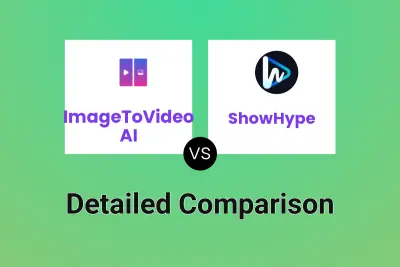
ImageToVideo AI vs ShowHype Detailed comparison features, price
ComparisonView details → -
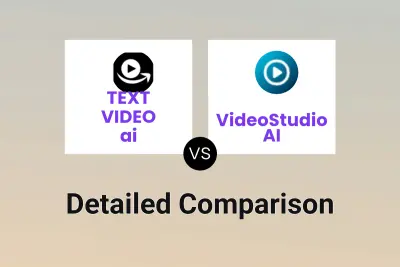
TEXT VIDEO ai vs VideoStudio AI Detailed comparison features, price
ComparisonView details → -
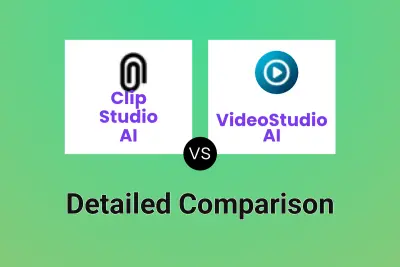
Clip Studio AI vs VideoStudio AI Detailed comparison features, price
ComparisonView details → -
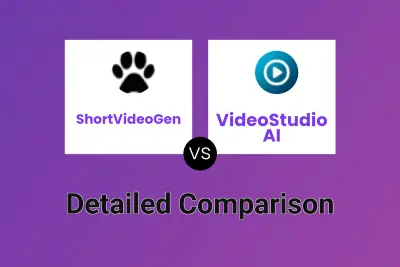
ShortVideoGen vs VideoStudio AI Detailed comparison features, price
ComparisonView details → -
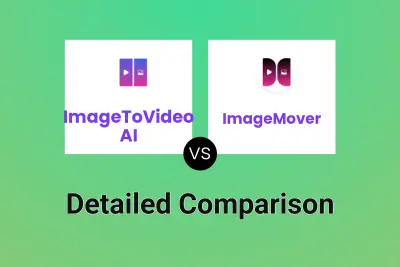
ImageToVideo AI vs ImageMover Detailed comparison features, price
ComparisonView details → -

ImageToVideo AI vs Photo-To-Video.com Detailed comparison features, price
ComparisonView details → -
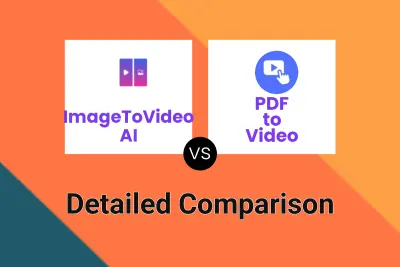
ImageToVideo AI vs PDF to Video Detailed comparison features, price
ComparisonView details → -
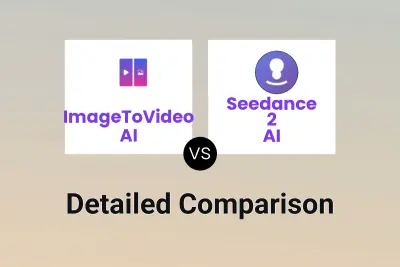
ImageToVideo AI vs Seedance 2 AI Detailed comparison features, price
ComparisonView details →
Didn't find tool you were looking for?